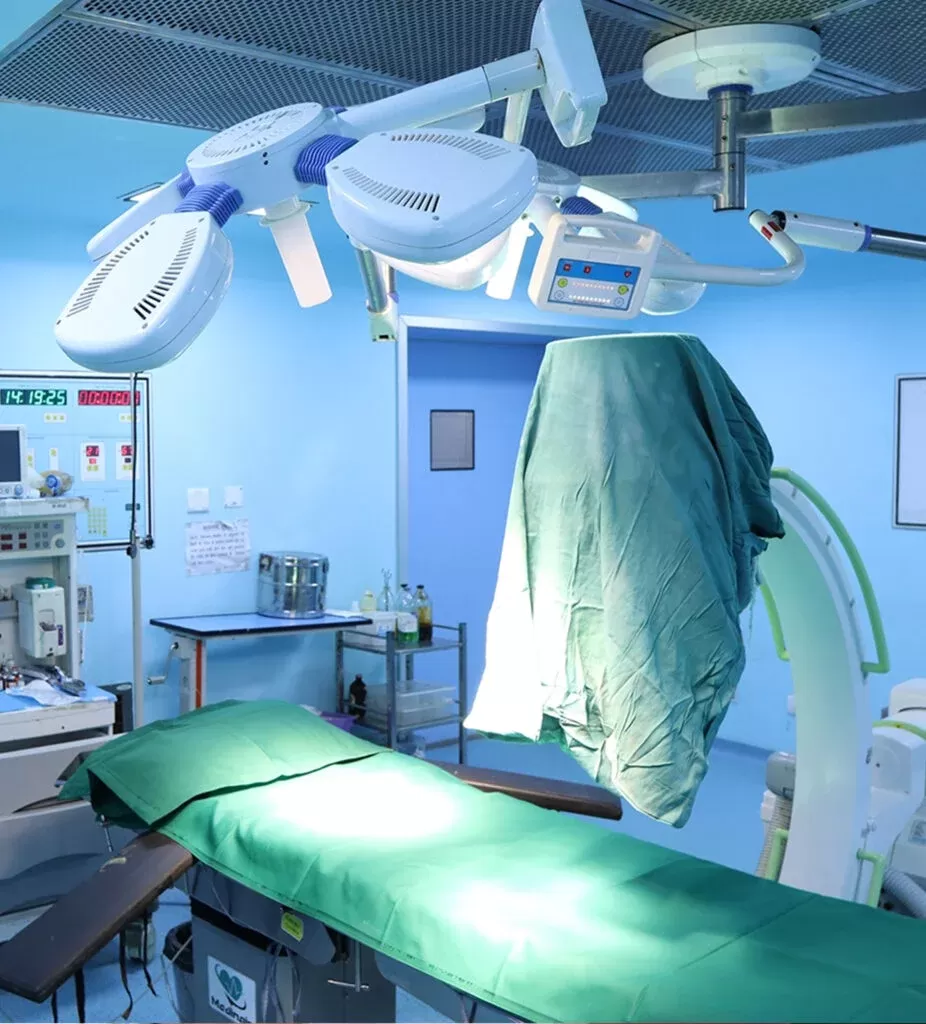
Role of OB/GYNs in Breast Cancer Screening
- Routine Examinations:
- Clinical Breast Exams: During annual wellness visits or routine gynecological check-ups, OB/GYNs perform clinical breast exams (CBEs) to check for lumps, changes in size or shape, and other abnormalities. These exams allow the physician to assess breast health and identify any areas that may require further investigation.
- Patient Education:
- Breast Self-Examination: OB/GYNs educate patients about the importance of breast self-exams (BSE). They provide instructions on how to perform these exams correctly, helping women become familiar with their own breast tissue so they can recognize any unusual changes.
- Risk Factors and Lifestyle Counseling: OB/GYNs discuss various risk factors associated with breast cancer, including family history, genetics, age, and lifestyle factors (like diet and exercise). They may provide recommendations on reducing risk, such as maintaining a healthy weight and limiting alcohol consumption.
- Screening Recommendations:
- Mammography: OB/GYNs provide guidance on when to begin regular mammograms, typically recommending that women start annual screening at age 40 or earlier based on individual risk factors. They help patients understand the importance of these screenings and ensure they are aware of the latest guidelines.
- Referral to Specialists: If any abnormalities are detected during a clinical exam or if a patient has a significant family history of breast cancer, OB/GYNs will refer patients to specialists, such as radiologists for imaging or breast surgeons for further evaluation and potential biopsies.
Breast Cancer Screening Guidelines
The screening guidelines for breast cancer can vary based on factors like age, family history, and overall health. OB/GYNs stay informed about the latest recommendations from organizations like the American College of Obstetricians and Gynecologists (ACOG) and the American Cancer Society (ACS), which may include:
- For average-risk women:
- Start annual mammograms at age 40.
- Continue regular mammograms until at least age 75 or longer based on health status.
- For women with higher risk:
- Begin screenings earlier and possibly include additional imaging techniques like MRI.
- Discuss genetic testing options if there’s a family history of breast cancer.
Addressing Patient Concerns
- Emotional Support: Breast cancer concerns can be anxiety-inducing. OB/GYNs often provide emotional support, helping patients navigate fears and questions about their breast health and potential diagnoses.
- Follow-Up Care: If a patient has a diagnosis of breast cancer or abnormal results from imaging, OB/GYNs play a critical role in coordinating care, providing referrals to oncologists, and discussing treatment options, which may include surgery, chemotherapy, or radiation therapy.
Conclusion
In summary, obstetricians and gynecologists are essential in the early detection and prevention of breast cancer. Through routine examinations, education on self-exams, and timely referrals, they contribute significantly to women's health. Regular visits to an OB/GYN not only promote breast health awareness but also empower women to take an active role in their health care. This collaboration between patients and their healthcare providers is crucial in improving outcomes and ensuring timely intervention when necessary.

